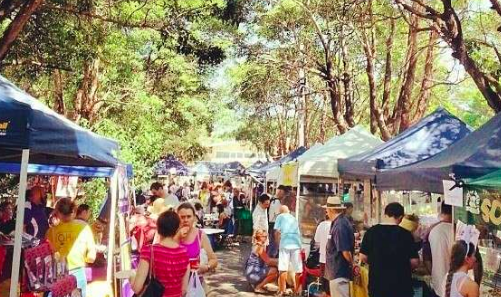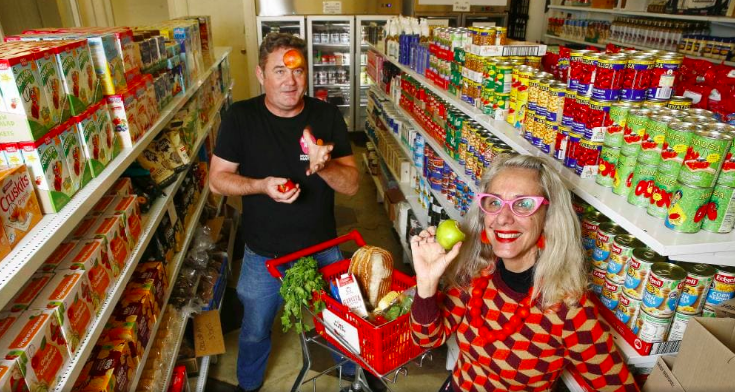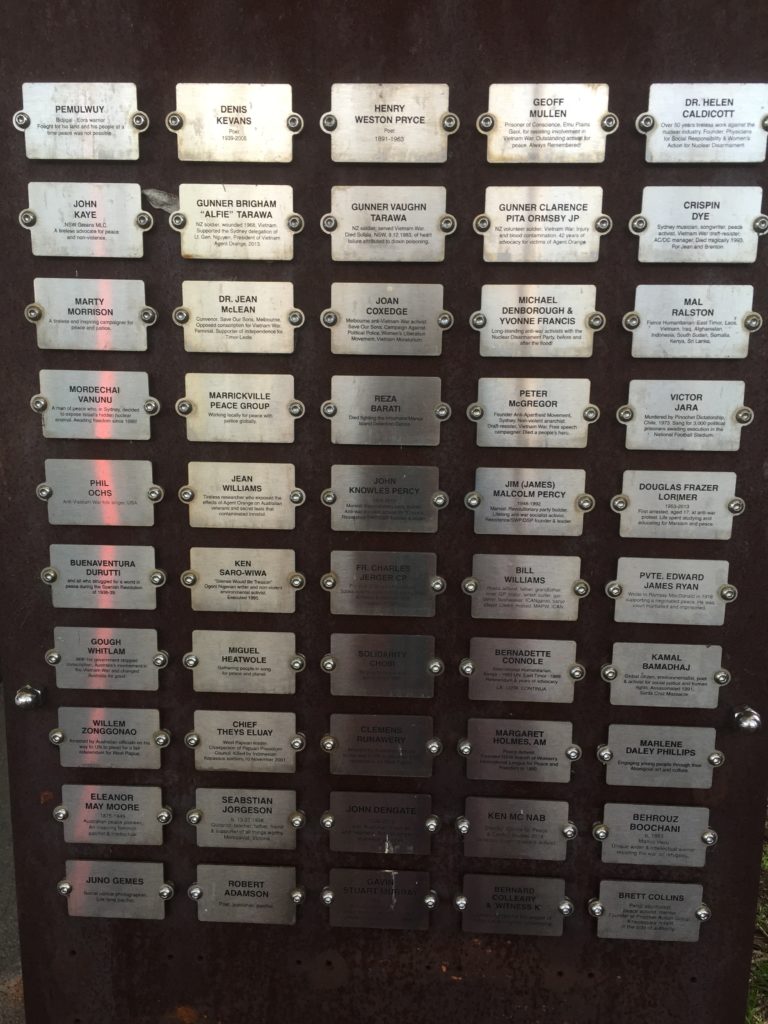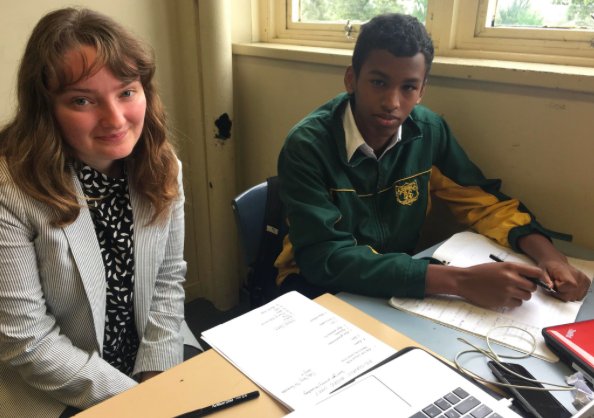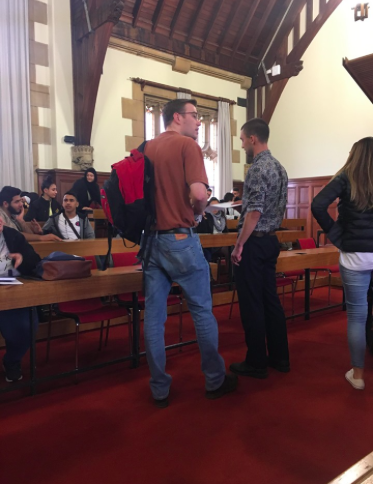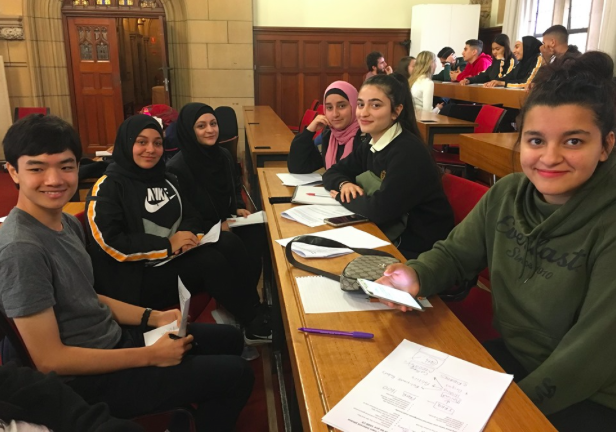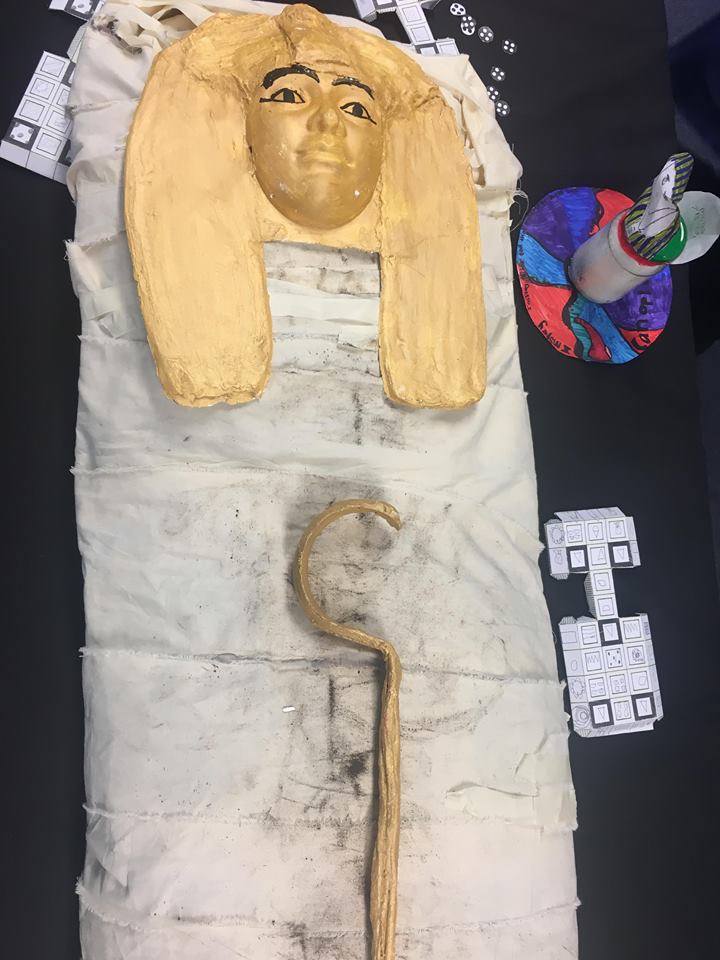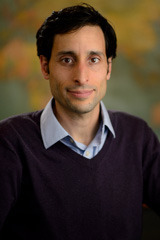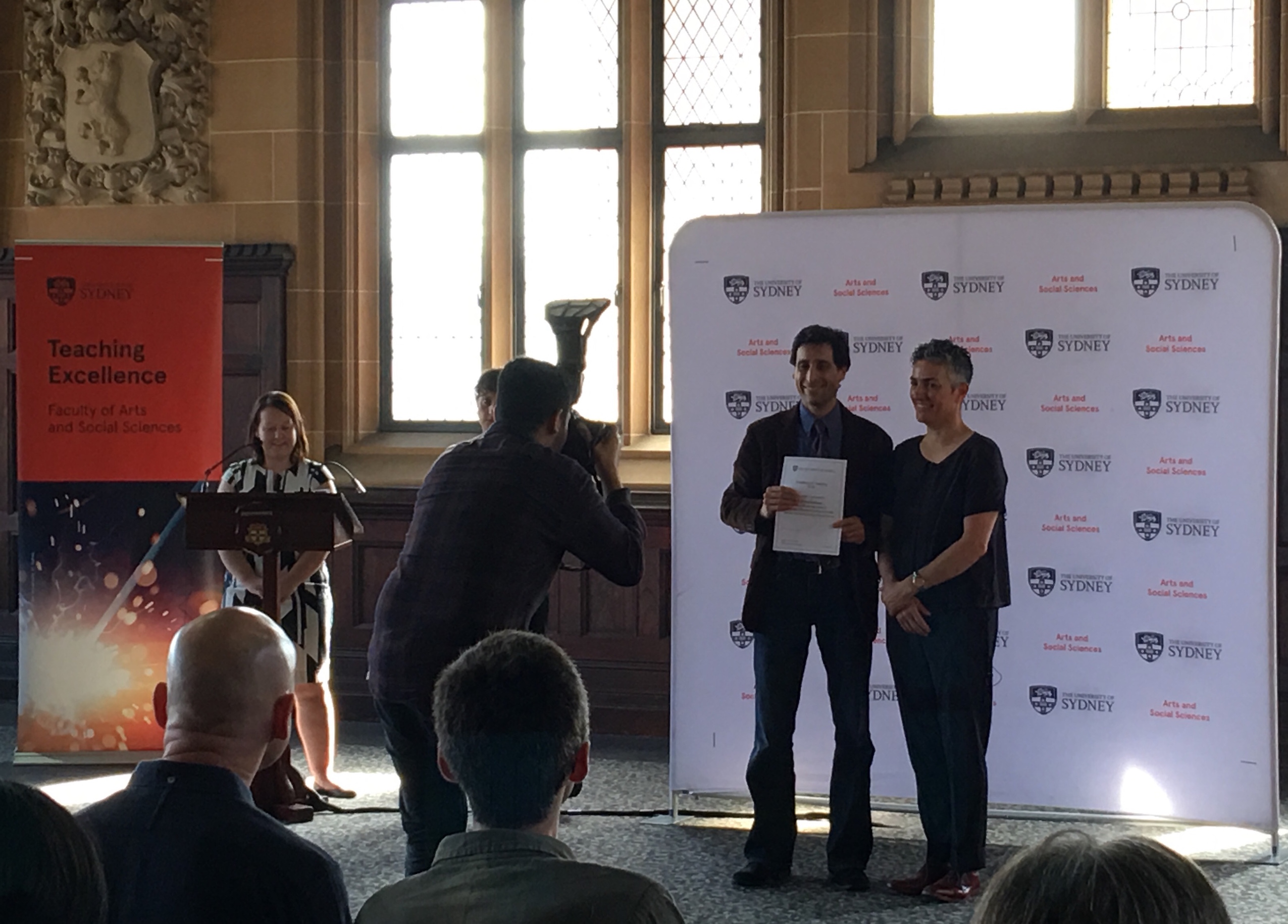Semester One
Time: 12.10-1.30 pm
Place: Woolley Common Room, Woolley Building A22 (Enter Woolley through the entrance on Science Road and climb the stairs in front of you. Turn left down the corridor, and the WCR is the door at the end of the hall)
Click here for map
Or:
Professorial Board Room, Main Quadrangle (Enter the vestibule near the Nicholson Museum. Take the stairs and turn left at the top.)
Click here for map
Coordinator:
Michael A. McDonnell
Semester 1 2019
Week 3 – Mar 13 – Professorial Board Room
Marilyn Lake, University of Melbourne, “From MUP to HUP: The Re-Shaping of Progressive New World”
Abstract: In January this year Harvard University Press published my book Progressive New World: How Settler Colonialism and TransPacific Exchange Shaped American Reform. In presenting the argument of the book, I shall also talk about the ways in which negotiations with different publishers – in Australia, the UK and US – shaped conceptual transformations in the thematic orientation and theoretical framework of this transnational transPacific book. It became in the end, I hope, a more interesting book and a work of American history. ‘Progressive New World’, I write in the Introduction, ‘offers a new history of progressivism as a transpacific project shaped by Australasian example and the shared experience and racialized order of settler colonialism’. It is a book about postcolonial sensibilities and the subjective politics of race.
Bio: Professor Marilyn Lake grew up in Tasmania, where she completed her undergraduate and Master’s degrees in History. She moved to Melbourne in 1976 and enrolled in a PhD degree in History at Monash University. During that time she gave birth to two daughters, Kath and Jess. She subsequently held academic positions at Monash University, The University of Melbourne and La Trobe University, where she also served as Associate Dean Research and was appointed Charles LaTrobe Professor in History in 2010. Professor Lake held Visiting Professorial Fellowships at Stockholm University, ANU, the University of Sydney, the University of Western Australia and the University of Maryland. Between 2001 and 2002 she held the Chair in Australian Studies at Harvard University. In the last ten years she has mainly been in research positions supported by two ARC Australian Professorial Fellowships. Professor Lake was elected Fellow of the Academy of Humanities of Australia in 1995; and Fellow of the Academy of Social Sciences of Australia in 1999. She has also served as President of the Australian Historical Association. Author of numerous books and articles, Professor Lake has won many prizes, including: The Limits of Hope: Soldier Settlement in Victoria 1915-38 won the Harbison-Higinbotham prize and was short-listed for the Age Book of the Year in 1987; FAITH: Faith Bandler Gentle Activist won the HREOC award for non-fiction in 2002; Creating a Nation which Marilyn wrote with Patricia Grimshaw, Ann McGrath and Marian Quartly also won the HREOC prize for non-fiction and was shortlisted for the Adelaide Writers’ Festival Prize; Drawing the Global Colour Line which she co-authored with Henry Reynolds won the Ernest Scott prize, the Queensland Premier’s Prize for History and the Prime Minister’s Prize for Non-Fiction in 2009.
Week 5 – Mar 27 – MECO Seminar Room S226
Niccolò Pianciola, Lingnan University, Hong Kong, “The Aral Sea Fisheries and the Environmental History of Settler Colonialism in Central Asia, 1873-1917”
Abstract: The presentation addresses the managing of Aral Sea fisheries by the Tsarist administration, and the making of a colonial frontier inhabited by exiled Ural Cossack, Qaraqalpaq, Qazaq, Russian, and Ukrainian fishermen. By comparing the different power relations between Cossacks and the local population on the Ural River and in the Aral Sea region, it shows how they shaped fisheries management regulations and their effectiveness. It also investigates the conditions of production of scientific knowledge on the Aral Sea ecosystem and what role it played in governance decision-making. By drafting a series of fishing regulations and by examining the balance between humans and aquatic animals, scientists oriented the Tsarist government’s decisions on how to manage both the fisheries and the populations that exploited them.
Bio: Niccolò Pianciola is Associate Professor of History at Lingnan University, Hong Kong. His research focuses on the social and environmental history of Tsarist and Soviet Asia. His first book focused on the relations between immigrant Slavic peasants in Central Asia, local pastoralists (Kazakhs and Kyrgyz) and the state from the late Tsarist Empire to Stalinism. The resulting monograph, Stalinismo di frontiera. Colonizzazione agricola, sterminio dei nomadi e costruzione statale in Asia Centrale (1905-1936), investigates the historical background of the great famine in Kazakhstan in 1931-33, one of the worst man-made catastrophes of the twentieth century. After dealing with peasant immigration in the Kazakh steppe during late Tsarism,the revolt of 1916 in Central Asia, early Soviet decolonization policies, and Stalinist “revolution from above”, it highlights the causes and patterns of development of the famine. The book is based on extensive research in provincial, republican and central archives in Russia, Kazakhstan and Uzbekistan and outlines the ambiguous policies of neocolonization and decolonization of the early Soviet state in Central Asia. Dr. Pianciola also studied the policies of forced population transfers during periods of war, revolution and competitive state-building in the twentieth century. He recently published a co-authored book on the topic covering East-Central Europe, the Balkans, Anatolia, the Caucasus and Soviet Asia (1850s-1950s), with A. Ferrara, entitled, L’età delle migrazioni forzate. Esodi e deportazioni in Europa (1853-1953) [The Age of Forced Migrations.] Bologna: Il Mulino, 2012,
Week 8 – Apr 17 – Woolley Common Room
Sophie Chao, University of Sydney, “Eating and Being Eaten”: Gastro-Politics in a West Papuan Village
Abstract: This paper explores the cultural meanings of hunger and satiety among indigenous Marind in the Indonesian-controlled region of West Papua. I begin by describing the nourishing qualities attributed by Marind to sago and other forest-derived foods in light of their associations with place-making, multispecies sociality, and collective memory. I then investigate how agro-industrial expansion and commodified foodways provoke conflicting forms of hunger among Marind – hunger for sago, ‘plastic’ foods, money, and the flesh of other humans. At the same time, Marind see themselves as subjected to the hunger of threatening ‘others’: corporations, roads, cities, and monocrop oil palm. Finally, I examine how villagers interpret the prevalence of hunger in light of indigenous spiritual beliefs, the political history of West Papua, Catholic notions of martyrdom, and the association of hunger with a ‘modern’ way of life. The paper invites attention to hunger and satiety as culturally constructed, politically situated, and morally charged categories of experience, whose significance may draw from yet also transcend, biophysical conceptions of hunger defined in terms of nutritional deficiency and food deprivation. In particular, I suggest that Marinds’ ambivalent self-positioning as both the ‘eaters’ and the ‘eaten’ constitutes a perceptive, if troubling, critique, of capitalism in both its attributes and effects.
Bio: Sophie Chao joined the History Department at the University of Sydney in March 2019. Dr. Chao received her PhD in Social Anthropology from Macquarie University in February 2019. She holds a BA in Oriental Studies and a Masters in Anthropology from Oxford University. Her doctoral thesis, which received a Vice-Chancellor’s Commendation, was based on long-term ethnographic fieldwork in Indonesian West Papua, where she investigated the socio-environmental impacts of monocrop oil palm plantations among indigenous forest-dwelling communities. Prior to her doctoral studies, Dr. Chao undertook extensive research on human rights and agribusiness in Southeast Asia as a member of international Indigenous rights organization Forest Peoples Programme. Her postdoctoral project will weave together social science methods (including history), science and technology studies, and biomedicine to examine the nutritional and health impacts of agribusiness on humans and their environments across the tropical belt. Dr. Chao is also interested in research development more generally and looks forward to engaging in inter-disciplinary collaboration of the Department of History and FASS (more generally) with the Charles Perkins Centre.
Week 10 – May 8 – Professorial Board Room
Scott Relyea, Appalachian State University, “Lamas, Empresses, and Tea: Sharing imperial models in early twentieth-century Tibet”
Abstract: As the twentieth century opened, the Tibetan plateau was a zone of intense imperial contact – and competition – between British India and Qing China. Indian rupees had become the primary currency of commercial exchange across the plateau, and British explorers had gathered detailed knowledge of both the presumed natural resource bounty of eastern Tibet and the lucrative border tea trade traversing it. Although Sichuan Province officials engaged with administering the Kham region of eastern Tibet shared a common perception of Khampa society with their British counterparts, they also recognised the encroachment of Indian rupees, British explorers, and ambitious railway plans as potential challenges to Qing authority, if not a prologue to territorial expansion paralleling the contemporaneous scramble for concessions in coastal China. This presentation will explore the mutual exchange of imperial models fostered by the interaction between British and Sichuanese officials, merchants, and explorers in this region, and its influence on transformative policies in Qing China’s southwest borderlands.
Bio: Dr. Scott Relyea is currently a Fulbright U.S. Scholar and senior visiting scholar in the School of History and Culture at Sichuan University in Chengdu, PRC. An Assistant professor of Asian history at Appalachian State University in Boon, N.C., USA, He is in the midst of a two-year research visit to China, funded by a Fulbright grant and a Henry Luce Foundation/ACLS Postdoctoral Fellowship in China Studies. A historian of late imperial and modern China, Dr. Relyea’s research centres on state-building and nationalism in the southwest borderlands of China and the global circulation of concepts of statecraft and international law in the late nineteenth and early twentieth centuries. In addition to his current research, Dr. Relyea is working on converting his dissertation into a book, tentatively titled Gazing at the Tibetan Plateau: China’s Infrontier and the Early Twentieth Century Evolution of Sino-Tibetan Relations. He earned a Ph.D. from the University of Chicago and Master’s degrees from the School of Oriental and African Studies and the George Washington University.
Week 12 – May 22 – Woolley Common Room
Debbie Doroshow, Yale University, “A New Kind of Child: Residential Treatment and the Creation of Emotional Disturbance in Twentieth Century America.”
Abstract: Before the 1940s, children with severe emotional difficulties would have had few options. If they could not be cared for in the community at a child guidance clinic, they might have been placed in a state mental hospital or asylum, an institution for the so-called “feebleminded,” or a training school for delinquent children. But starting in the 1930s and 1940s, more specialized institutions began to open all over the country with the goal of treating these children. Staff members at residential treatment centers (RTCs) shared a commitment to helping children who couldn’t be managed at home. They adopted an integrated approach to treatment, employing talk therapy, schooling, and other activities in the context of a therapeutic environment. In the process, they made visible a new kind of person: the emotionally disturbed child. This is a story about Americans struggling to be normal at a time when being different was dangerous. At RTCs, treating emotional disturbance and building normal children and normal families were inextricably intertwined. Though normality remained a distant, if unreachable goal for most children in residential treatment, RTC professionals grounded their therapeutic approach within this ideal. The emergence of RTCs to build normal children and the emergence of emotionally disturbed children as a new patient population were thus fundamentally intertwined.
Bio: Deborah Doroshow began her studies in the history of medicine at Harvard, where she earned an A.B. in the history of science. She graduated from Harvard Medical School and received a Ph.D. in the history of medicine from Yale. Her work on the history of psychiatry and the history of children’s health has appeared in the Journal of the History of Medicine and Allied Sciences, Isis, and the Bulletin of the History of Medicine. Her book, Emotionally Disturbed: Caring For America’s Troubled Children, was published by the University of Chicago Press in April 2019. She is currently completing her fellowship in adult hematology and oncology at the Yale University School of Medicine, where she frequently lectures and teaches medical students and undergraduates about both oncology and the history of medicine. In August 2019, she will be Assistant Professor of Medicine at the Mount Sinai School of Medicine in New York.

